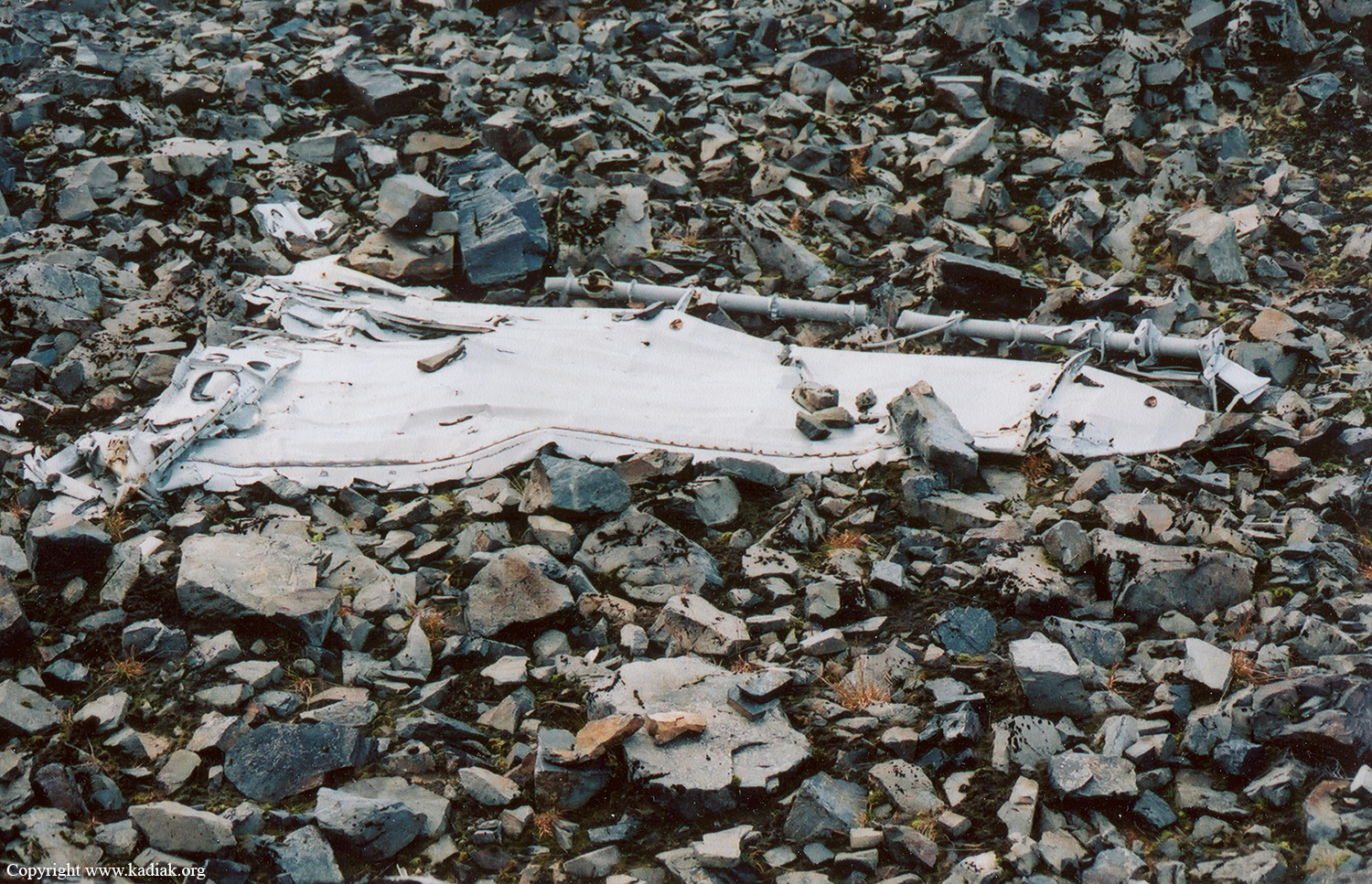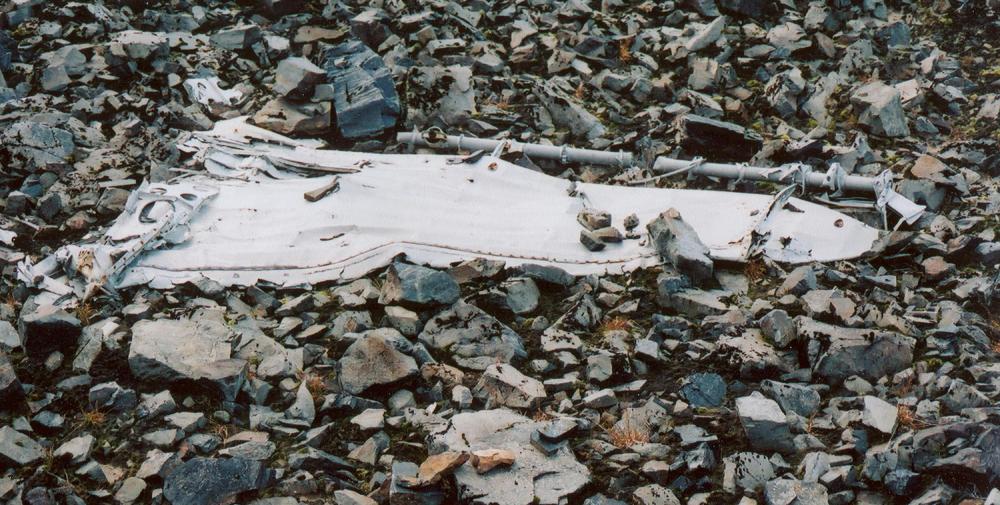Date & Time:
Apr 29, 1942 at 0900 LT
Type of aircraft:
Douglas B-18 Bolo
Registration:
37-522
Flight Phase:
Takeoff (climb)
Flight Type:
Aerial photography
Survivors:
Yes
Site:
Mountains
Schedule:
Kodiak – Cold Bay – Umnak
MSN:
2522
YOM:
1939
Country:
United States of America
Region:
North America
Crew on board:
6
Crew fatalities:
5
Pax on board:
2
Pax fatalities:
2
Other fatalities:
0
Total fatalities:
7
Captain / Total hours on type:
491
Aircraft flight hours:
1833
Circumstances:
The crew departed Kodiak NAS around 0800LT on a photography mission to Umnak via Cold Bay. Shortly after takeoff, the pilot decided to return to base for not having the "proper clearance". On ground, he complained about the overload of gas and equipment, and took off again 30 minutes later. While climbing over the Anton Larsen Bay, the airplane was too low and impacted the slope of Mt Sharatin located about 12 km northwest of Kodiak Airport, about 150 feet below the summit. Seven occupants were killed while one was seriously injured.
Those killed were:
2nd Lt Russell Alonson Betts,
S/Sgt Glenn R. Harris,
2nd Lt Thomas A. McDermott,
T/Sgt Harold B. Steele,
Pvt Rodney Lee Tester,
1st Lt Edward James Tuma,
2nd Lt James F. Wilson.
Those killed were:
2nd Lt Russell Alonson Betts,
S/Sgt Glenn R. Harris,
2nd Lt Thomas A. McDermott,
T/Sgt Harold B. Steele,
Pvt Rodney Lee Tester,
1st Lt Edward James Tuma,
2nd Lt James F. Wilson.
Probable cause:
The pilot had made a previous takeoff and was forced to return due to the fact that he did not have a proper clearance. Before his next takeoff he had complained of how heavily loaded his ship was due to having an extra tank of gas, which he did not need, plus all the equipment aboard. The pilot showed an error in judgment in attempting to climb out the ridge without sufficient altitude for a safe clearance a very heavy ship and in very turbulent air, when it would have been to avoid the ridge by going around it. While passing over the ridge at about 150 feet the ship was caught in a severe down draft, and in spite of all that the pilot could do the ship struck the ridge at about 150 feet below the summit. There was no engine failure. With southwest winds, take-off(s) from Kodiak NAS are towards inshore hills. Two alternatives are open to pilots after take-off: either turn sharply over the lower hills nearest the airdrome and return over field to shore line, or continue climb turning northwest to go through the pass in that direction. Either alternative with a heavily loaded B-18 in gusty air is uncomfortable, and it is quite likely that the pilot was attempting to attain relatively smoother air west of the mountain and on course as soon as possible. Considering all factors, the undersigned concludes that a more correct analysis of causes would be as follows:
- Weather 50%;
- Airport or terrain 20%;
- Pilot error of judgment 30%.
- Weather 50%;
- Airport or terrain 20%;
- Pilot error of judgment 30%.


